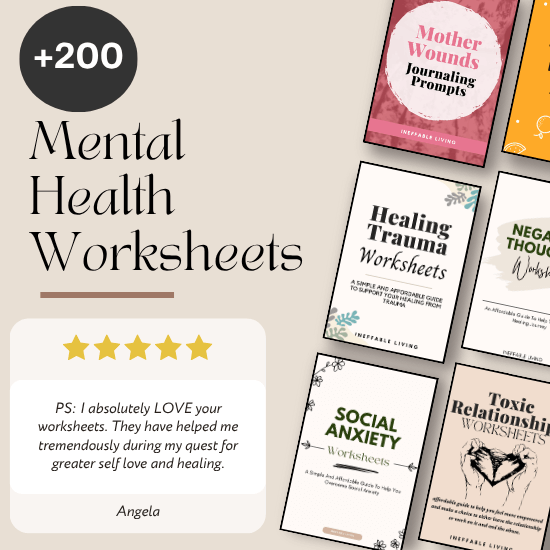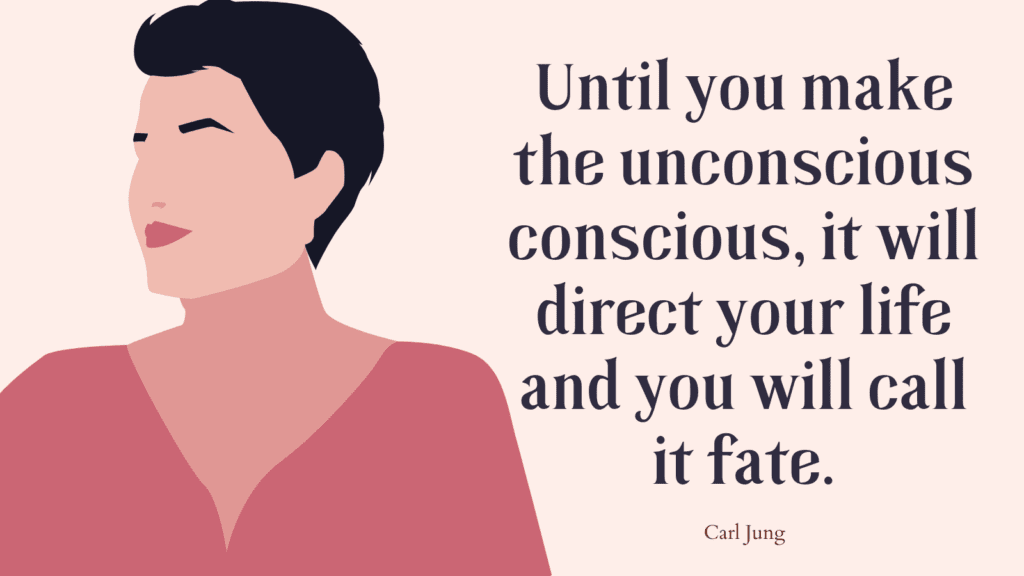Defense mechanisms are psychological strategies we use — often unconsciously — to protect ourselves from pain, discomfort, or emotional threat. In therapy, these defenses can quietly shape how we speak, what we avoid, and how we relate to the process itself. They’re not signs of weakness — they’re signs of survival. But recognizing them is the first step toward healing. Here are some common defense mechanisms that may show up in therapy and what they might be trying to protect.
Why Defense Mechanisms Show Up in Therapy
Therapy is a space of emotional exposure, and when you begin to feel vulnerable, your brain naturally activates protective strategies. These defenses aren’t flaws—they’re survival patterns. They often arise because:
- You’re confronting painful or unprocessed experiences
- You fear being judged or misunderstood
- You’re unsure what’s “safe” to say out loud
- You’ve learned that expressing emotion leads to shame, rejection, or danger
- You don’t yet trust the therapist—or yourself—with the full truth
Defense mechanisms are how the mind says, “This is too much too fast.”
Related: 10 Most Common Unhealthy Coping Mechanisms (And How to Replace Them)
Common Defense Mechanisms That Show Up in Therapy
1. Intellectualization
You analyze your emotions instead of feeling them. You may talk about your feelings rather than from them — staying in your head to avoid the vulnerability of your heart.
2. Minimization
You downplay your experiences: “It wasn’t that bad” or “Other people have it worse.” This protects you from the full weight of your pain — but it also keeps you from fully healing.
3. Avoidance
You steer conversations away from certain topics, cancel sessions, or keep things surface-level. Avoidance helps you feel in control — but it also blocks the deeper work.
4. Sarcasm or Humor
You crack jokes when things get too real. Laughter becomes armor — a way to deflect vulnerability and mask what’s really hurting underneath.
Related: How to Overcome Emotional Reasoning & Become Less Emotionally Reactive?
5. Over-Explaining
You offer long justifications for your feelings or actions. This can stem from a fear of being judged — as if your pain needs to be “earned” or validated to be real.
6. Displacement
You vent about work stress when the real pain is about a family member. Displacement helps you talk safely about something adjacent to the issue — without facing it directly.
7. Denial
You insist something doesn’t bother you when it clearly does. Denial can buy you emotional time — allowing you to slowly warm up to painful truths you’re not ready to face.
8. People-Pleasing
You try to be the “perfect client” — agreeable, polite, even performing insight. This protects against rejection or disappointment but limits authentic self-exploration.
9. Defensiveness
You shut down or justify your actions when feedback hits too close. This often hides a deep fear of being wrong, unworthy, or exposed.
10. Detachment or Numbing
You talk about trauma with zero emotion — as if it happened to someone else. Detachment can be a survival response, but therapy helps reconnect you with what you’ve had to disconnect from.
Related: 12 Ways to Express Emotions Clearly & Effectively
11. Projection
You assume your therapist is judging you — when the harshness is actually coming from your own inner critic. Projection transfers internal discomfort onto someone else.
12. Perfectionism
You expect yourself to “do therapy right” or make quick progress. Perfectionism tries to protect you from vulnerability, failure, and the messiness of real healing.
13. Control-Seeking
You try to lead the session, avoid uncertainty, or fix yourself quickly. Control offers safety — but growth often comes from letting go, not tightening the grip.
14. Over-Focusing on Others
You talk about everyone else’s needs, pain, or mistakes. It’s easier to explore others than turn inward — but real healing starts when the focus comes back to you.
15. Withholding
You tell yourself, “They don’t need to know that,” and keep key parts of your experience hidden. Withholding is often rooted in shame or fear of being misunderstood.
Related: Am I Emotionally Unavailable Quiz

Conclusion
Noticing these defenses isn’t about shame — it’s about compassion. These patterns helped you survive. Now, therapy helps you see where they’re no longer serving you. When you gently name them, you create space for something new: openness, honesty, and the kind of healing that goes deeper than protection ever could.



